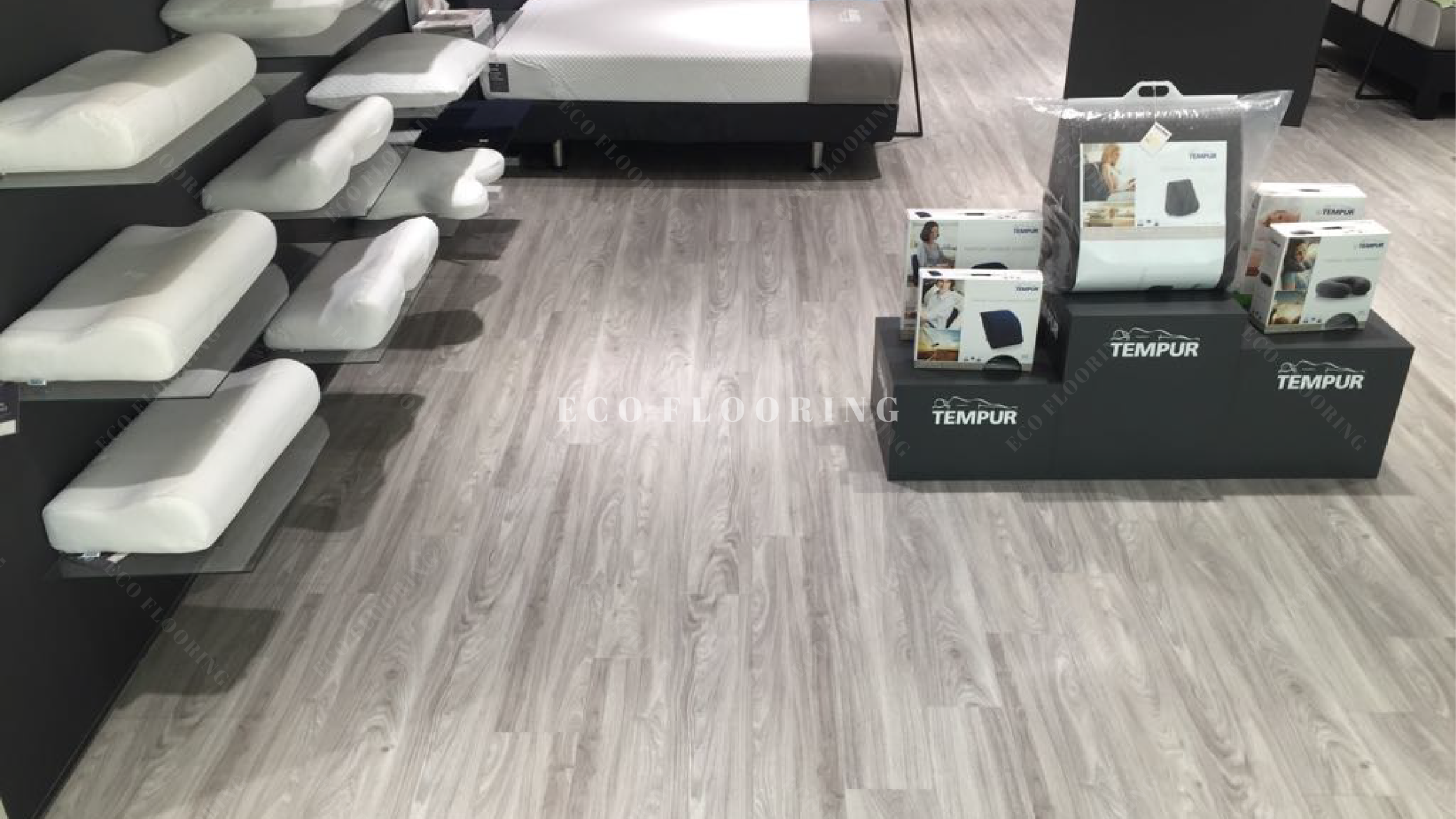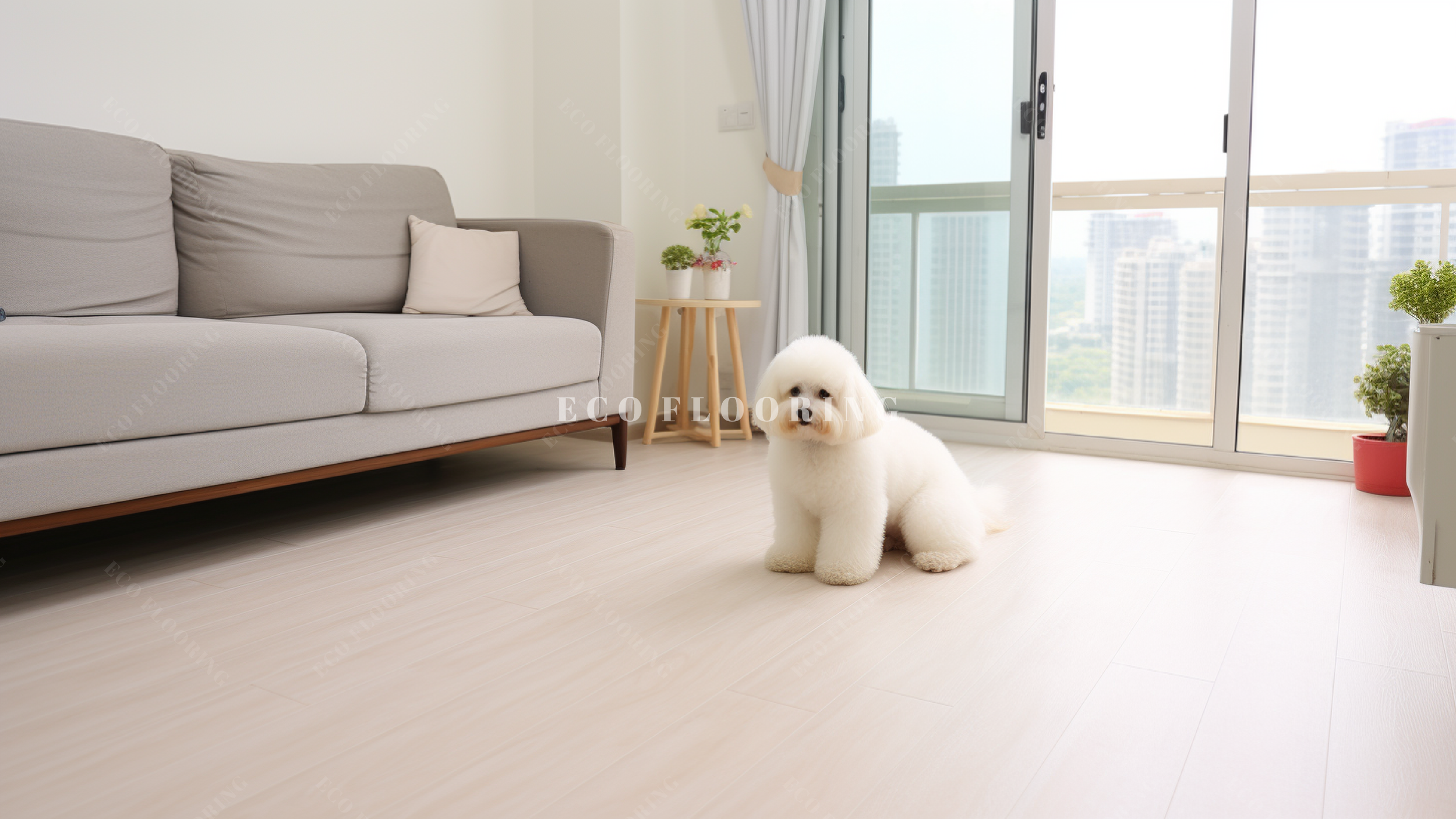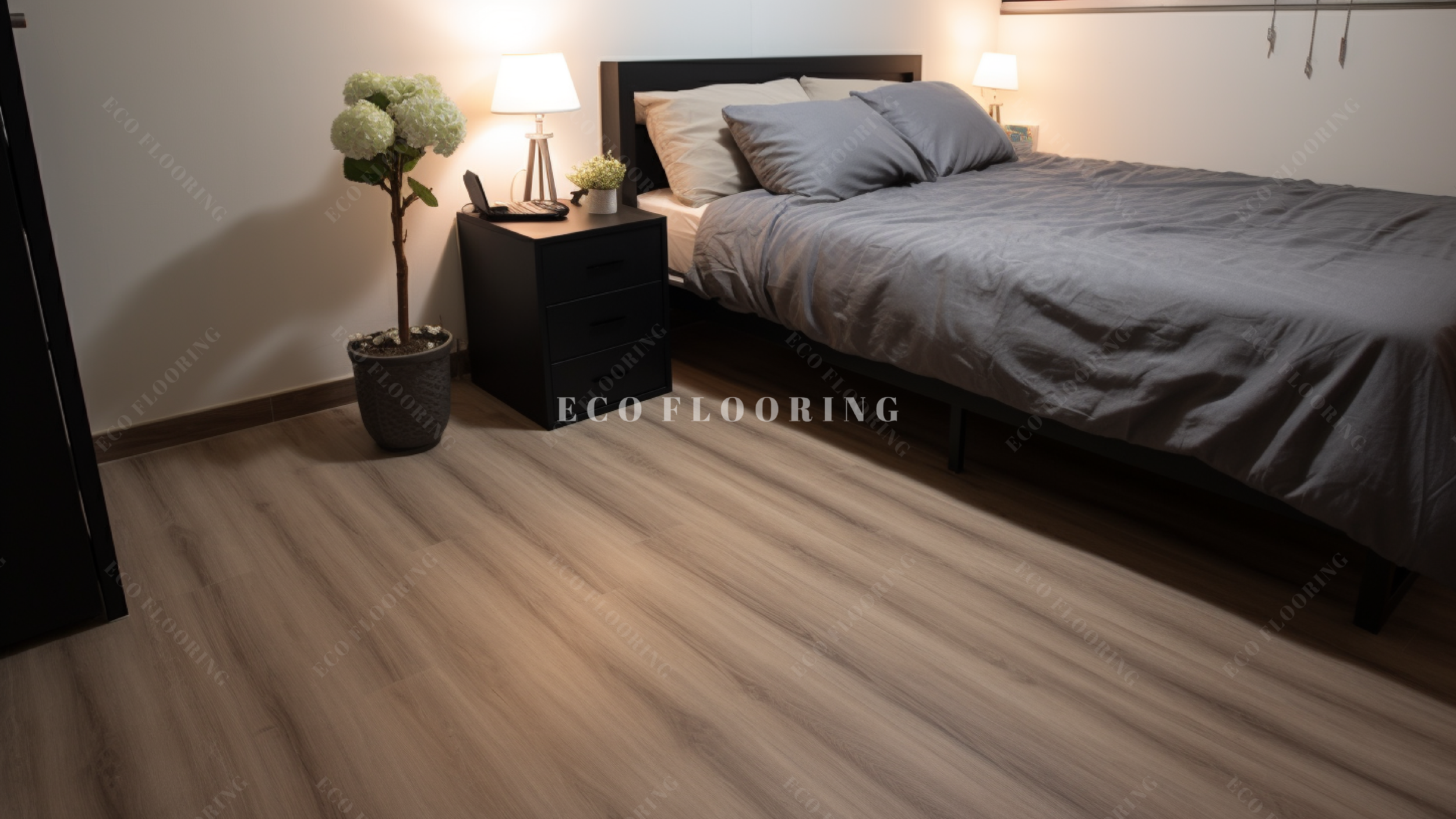Flooring plays a significant role in shaping the ambiance and functionality of any home or commercial space. For those seeking the timeless sophistication of natural stone without the associated cost or maintenance challenges, stone series vinyl flooring offers an ideal solution. This innovative flooring option replicates the look and texture of stone while providing unmatched practicality, making it a popular choice for modern interiors.
What is Stone Series Vinyl Flooring?
Stone series vinyl flooring mimics the natural beauty of stone surfaces, such as marble, slate, or travertine. Advanced printing techniques ensure high-definition visuals that closely resemble natural stone, while its multi-layered construction offers durability and comfort underfoot.
Why Choose Stone Series Vinyl Flooring?
1. Realistic Aesthetic Appeal
The stone-like appearance of this flooring adds an element of sophistication and luxury to any space. With various designs, patterns, and colors available, it caters to diverse styles, from minimalist and industrial to rustic and classic.
2. Cost-Effective Alternative
Stone series vinyl flooring provides the luxurious look of natural stone at a fraction of the cost. This affordability makes it an accessible option for homeowners and businesses alike.
3. Durable and Long-Lasting
Scratch-Resistant: Ideal for high-traffic areas, as it resists scuffs and scratches.
Water-Resistant: Perfect for kitchens, bathrooms, and other moisture-prone areas.
Wear Layers: A protective top layer ensures the flooring withstands daily wear and tear.
4. Comfortable and Warm Underfoot
Unlike real stone, vinyl flooring is softer and warmer, providing a more comfortable surface to walk on. Some designs also feature underlayers that enhance cushioning and sound insulation.
5. Low Maintenance
Stone series vinyl flooring is incredibly easy to clean and maintain. Regular sweeping and occasional mopping are sufficient to keep it looking pristine. Unlike real stone, it doesn’t require sealing or special treatments.
6. Easy Installation
Many stone series vinyl options feature a click-and-lock or adhesive-backed installation system, making it a convenient choice for DIY enthusiasts or quick renovations.
Maintenance Tips
Regular Cleaning: Sweep or vacuum to remove dirt and debris.
Avoid Harsh Chemicals: Use mild detergents to maintain the flooring’s finish.
Protect High-Traffic Areas: Use rugs or mats in busy areas to prevent excessive wear.
Furniture Pads: Place pads under furniture legs to prevent indentation.
Stone series vinyl flooring is a game-changer for homeowners and designers looking for a practical, stylish, and cost-effective flooring solution. Its ability to replicate the elegance of natural stone, combined with its durability, comfort, and ease of maintenance, makes it a standout choice for any space.
Whether you’re renovating a home, designing a commercial space, or simply upgrading your floors, stone series vinyl flooring offers the perfect balance of beauty and functionality. With this versatile option, achieving a high-end aesthetic has never been more attainable.





































